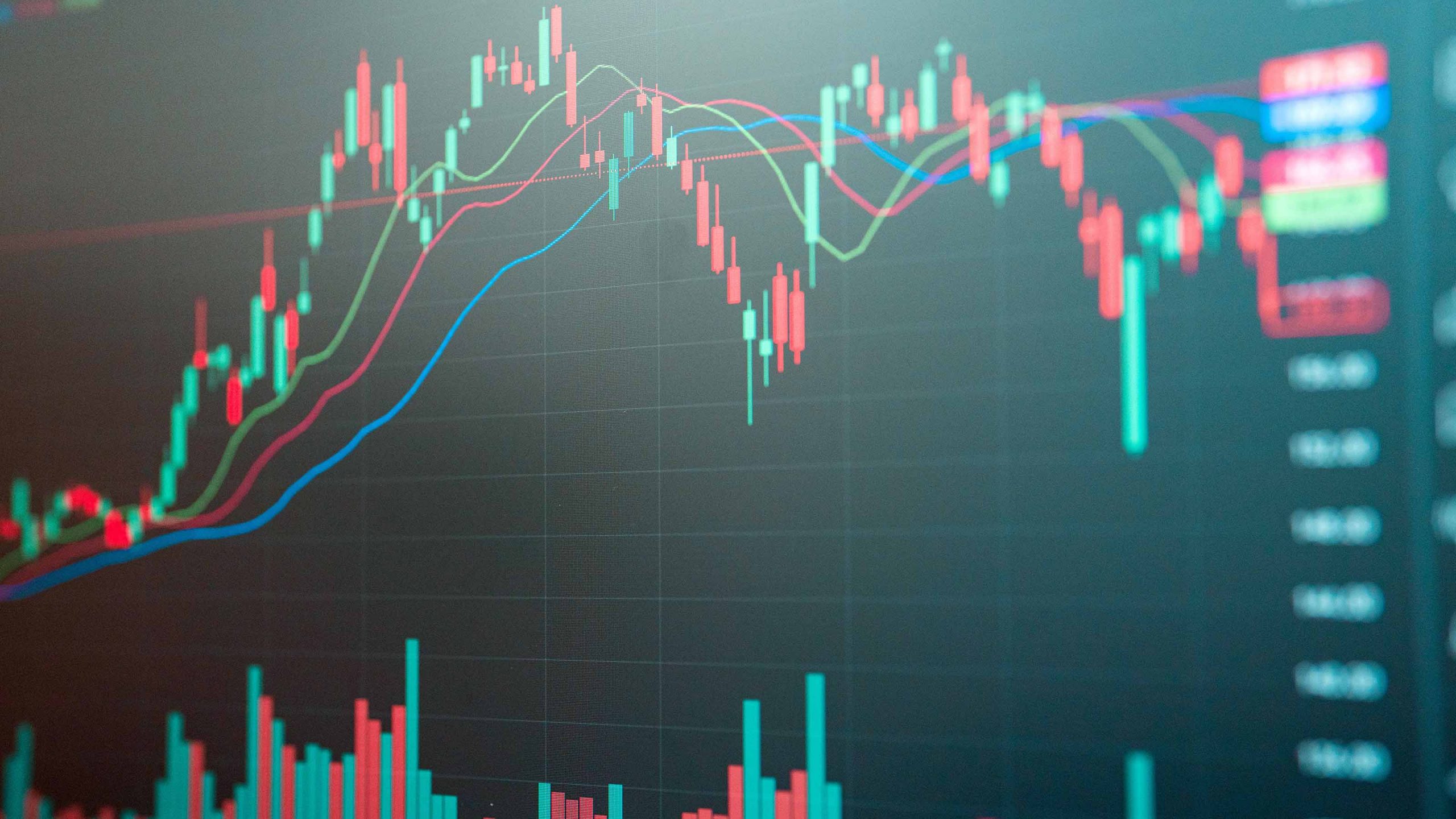Regulators have recognized the challenges and risks associated with electronic trading platforms and have made efforts to adapt their regulatory frameworks to address these issues. Here are some ways regulators have responded to the challenges posed by electronic trading platforms:
- Market surveillance and monitoring: Regulators have enhanced their market surveillance capabilities to monitor electronic trading activities. They employ sophisticated surveillance systems and algorithms to detect market manipulation, insider trading, and other abusive practices. These systems can identify irregular trading patterns, excessive volatility, and potential violations of trading rules.
- Risk controls and circuit breakers: Regulators have implemented risk control mechanisms to manage the risks associated with electronic trading. Circuit breakers, for example, are temporary halts in trading that are triggered by significant market movements. They provide a pause in trading to allow market participants to reassess their strategies and prevent disorderly market conditions.
- Pre-trade risk checks: Regulators often require electronic trading platforms to implement pre-trade risk checks. These checks are designed to ensure that trading orders meet certain risk parameters. They help prevent erroneous trades, fat-finger errors, and excessive market impact caused by malfunctioning algorithms or erroneous orders.
- Best execution and fair access: Regulators emphasize the importance of best execution and fair access to electronic trading platforms. They require market participants to execute trades in the best interest of their clients and ensure fair and equitable access to trading platforms. Regulators may also mandate transparency in execution quality and order routing practices.
- Algorithmic trading guidelines: Regulators have issued guidelines and regulations specific to algorithmic trading. These guidelines often require market participants to have robust risk management controls for algorithmic trading strategies. Regulators may mandate measures such as kill switches, maximum order message rates, and post-trade reporting to mitigate risks associated with algorithmic trading.
- Cybersecurity and data protection: Regulators recognize the importance of cybersecurity and data protection in the context of electronic trading platforms. They enforce regulations and standards to ensure that trading platforms and market participants have adequate security measures in place to protect against cyber threats, data breaches, and unauthorized access.
- International coordination: Given the global nature of electronic trading, regulators have increased their efforts to coordinate and collaborate internationally. They share information, best practices, and regulatory approaches to address cross-border trading issues and ensure consistent oversight of electronic trading platforms.
These are just a few examples of how regulators have adapted to the challenges posed by electronic trading platforms. Regulators continue to evolve their regulatory frameworks to keep pace with technological advancements and promote fair, efficient, and transparent markets.
SHARE
